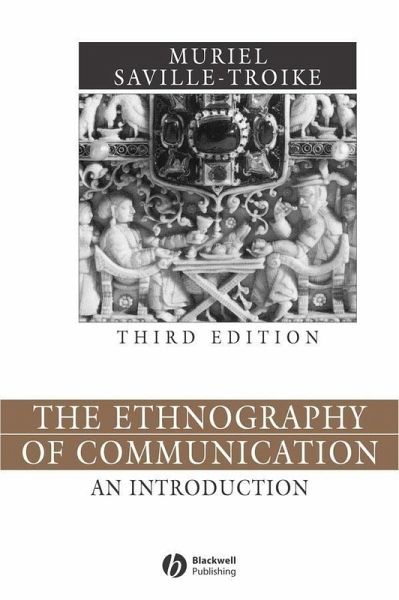
The Ethnography of Communication (eBook, PDF)
An Introduction
Versandkostenfrei!
Sofort per Download lieferbar
40,99 €
inkl. MwSt.
Weitere Ausgaben:

PAYBACK Punkte
0 °P sammeln!
The Ethnography of Communication presents the terms and concepts which are essential for discussing how and why language is used and how its use varies in different cultures. * Presents the essential terms and concepts introduced and developed by Dell Hymes and others and surveys the most important findings and applications of their work. * Draws on insights from social anthropology and psycholinguistics in investigating the patterning of communicative behavior in specific cultural settings. * Includes two completely new chapters on contrasts in patterns of communication and on politeness, pow...
The Ethnography of Communication presents the terms and concepts which are essential for discussing how and why language is used and how its use varies in different cultures. * Presents the essential terms and concepts introduced and developed by Dell Hymes and others and surveys the most important findings and applications of their work. * Draws on insights from social anthropology and psycholinguistics in investigating the patterning of communicative behavior in specific cultural settings. * Includes two completely new chapters on contrasts in patterns of communication and on politeness, power, and politics. * Incorporates a broad range of examples and illustrations from many languages and cultures for analyzing patterns of communicative phenomena.
Dieser Download kann aus rechtlichen Gründen nur mit Rechnungsadresse in D ausgeliefert werden.












